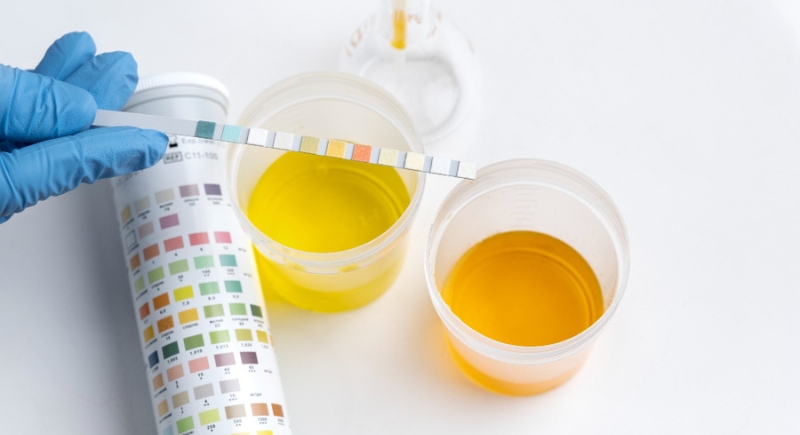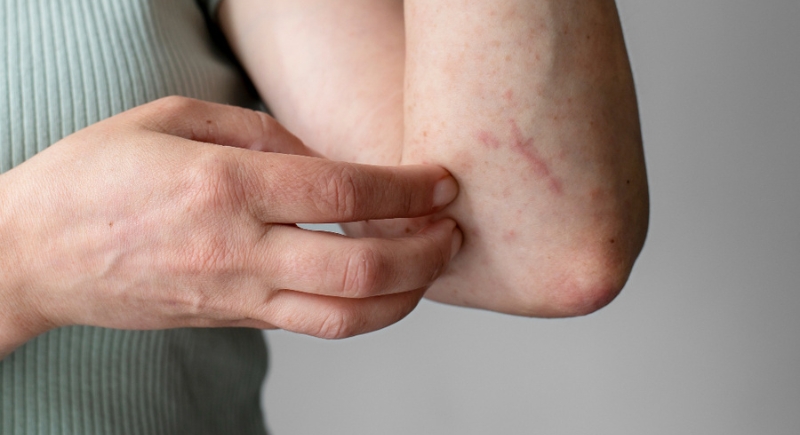Never Pee on a Jellyfish Sting (and What to Do Instead)
There’s no shortage of vacation horror stories, from lost luggage to sunburns that make you regret everything. But few beach tales stick quite like the one involving jellyfish. Some people might even say a jellyfish sting is a rite of passage for beachgoers, and they swear they know a quick solution for it.
Most people who get stung will immediately think of the most infamous piece of sitcom medical advice ever given. The idea comes from a very famous episode of Friends. A character gets stung, and another character, Joey Tribbiani, offers a strange piece of advice. When did it ever make sense to listen to Joey?
Blame the myth on pop culture or bad advice passed down through generations. Either way, this particular rumor has taken root with shocking persistence. But the truth is that peeing on a jellyfish sting doesn’t work. Not only is it unhelpful, but it could crank up the pain. If you’ve been clinging to the golden rule of jellyfish first aid, it’s time to let go and start listening to actual science.
The Truth Behind the Myth

Image via FreePik
The idea that urine is a good cure for a jellyfish sting is based on a misunderstanding of what a jellyfish does. Each tentacle of a jellyfish is covered in thousands of tiny stinging cells. Each of those cells holds a harpoon-like barb filled with venom. When the cells are agitated by an outside source, the barbs fire by injecting the venom into your skin.
The folk remedy suggests that compounds in urine, like ammonia and urea, can neutralize the venom. But this is not the truth. Urine is mostly water, and the compounds are not concentrated enough to have a positive effect.
In fact, it can do the opposite. The force and chemical imbalance of the urine hitting the wound can agitate the stinging cells and cause them to release more venom, thus making the pain even worse.
This is a problem that extends beyond urine. Some studies found that other home remedies like baking soda, lemon juice, or even meat tenderizer are also ineffective and could be harmful.
The Right Way to Handle a Sting
Treating a jellyfish sting correctly requires some care. The goal is to remove the stinging cells and inactivate any venom left on the skin without agitating the barbs further.
The first step is to remove any tentacles left on your skin. Some sources say to use seawater to rinse the tentacles off. Other studies say seawater can cause the venom to spread. The most effective method found in a 2017 scientific study was a vinegar rinse. The compounds in vinegar keep stingers from releasing more venom into your skin.
Do not apply fresh water to the sting. The chemical imbalance in fresh water can activate the stinging cells and make the pain much worse. After you rinse the area, you can remove any remaining barbs. You can use tweezers to pluck them out. Do not use your bare fingers or a towel. If you do not have tweezers, you can gently scrape the area with a credit card or a similar plastic object. Do not apply a lot of pressure, as that can also release more venom.
After the barbs have been removed, you can treat the pain. You can apply more vinegar or rubbing alcohol to the sting. Heat has a similar effect if there’s no vinegar around. Doctors recommend soaking the affected area in hot tap water for about 20 to 40 minutes. The water should be 104 degrees Fahrenheit to 113 degrees Fahrenheit. You can use the hottest water temperature you can tolerate.
If you still feel discomfort and itching, you can apply an over-the-counter cortisone cream or calamine lotion. An ice pack can also help with swelling.
What to Look Out For

Image via FreePik
The vast majority of jellyfish stings are not life-threatening. The pain is usually gone within 24 hours. A rash or some splotches may linger for a few weeks, but the issue resolves on its own.
There are some exceptions. The box jellyfish, which lives in the Indo-Pacific region, has particularly dangerous venom. Stings from the box jellyfish and others like the sea wasp can cause serious symptoms.
You should seek medical attention right away if you experience any of these symptoms after a sting:
- Chest pain
- Difficulty breathing
- Major swelling
- Nausea or vomiting
- Muscle cramps
- Sweating profusely
- A heartbeat that is slower or faster than normal
In the case of a box jellyfish sting, antivenom medication is available at a hospital. But in most situations, as long as you follow the proper first aid steps, you will be fine. In the first place, you should wear protective gear to avoid getting stung, but if you ever still do, avoid the sitcom medical advice and reach for the vinegar.